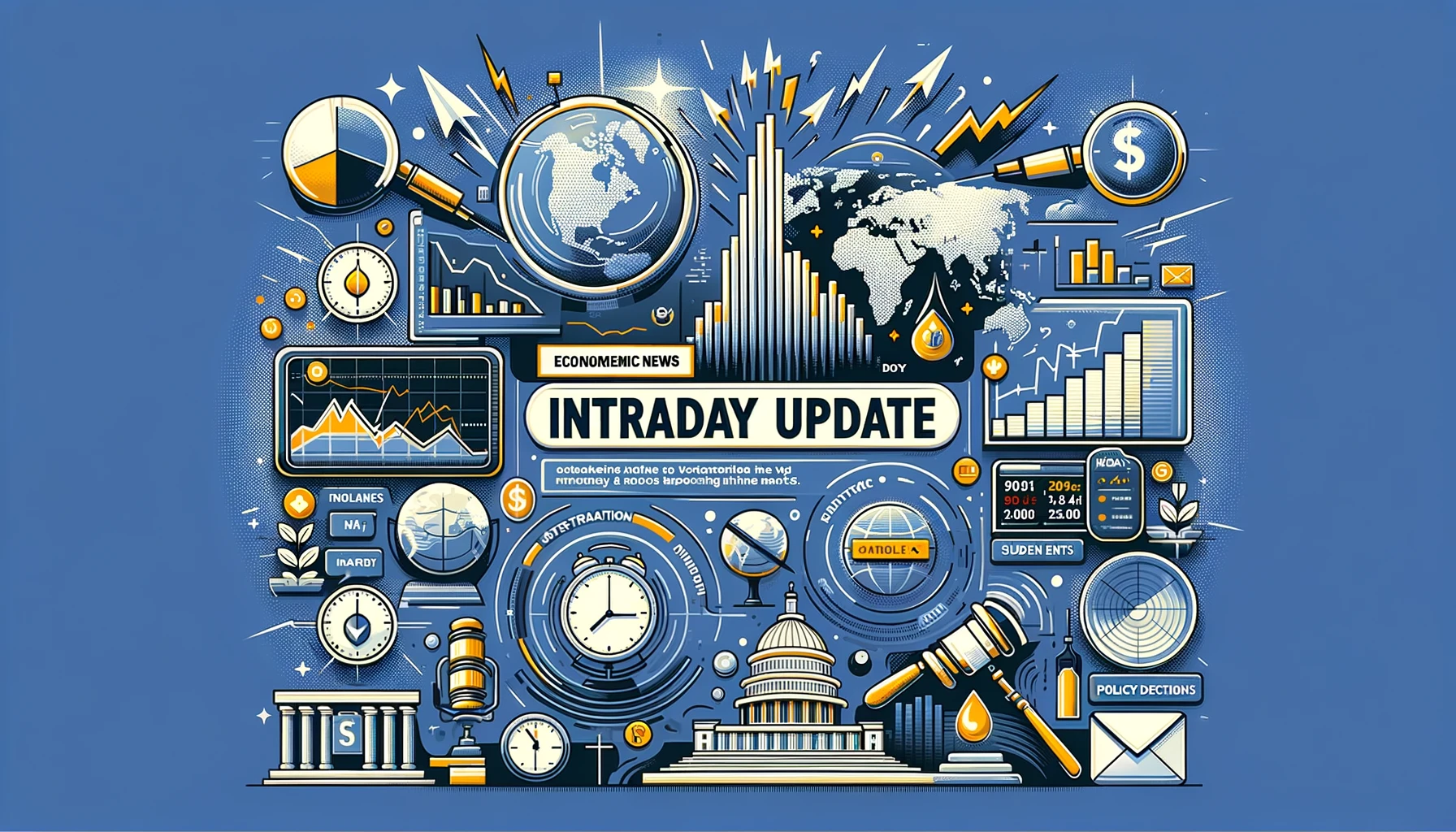The recent US Non-Farm Payrolls (NFP) report for May delivered a strong surprise to markets, showcasing robust job growth and an unexpected rise in wages, factors that have significant implications for both monetary policy and market dynamics. Here’s a breakdown of the key points and their broader impacts:
Employment Growth and Wage Dynamics
- Job Growth: The economy added 272,000 jobs, markedly surpassing the consensus expectation of 185,000. This figure not only exceeded the average monthly gain of the past year but also indicated a resilient labor market.
- Wage Increases: Average hourly earnings rose by 0.4% month-over-month, beating the expected 0.3%. Year-over-year, wages climbed by 4.1%, suggesting persistent wage pressure.
Market Reactions
- US Dollar and Treasury Yields: The dollar strengthened broadly, reflecting the market’s adjustment to a potentially less dovish Federal Reserve. Concurrently, the 10-year Treasury yield jumped above 4.4%, as bond markets priced in higher interest rates for longer.
- Stock Markets: US futures indicated a lower opening, with particular scrutiny on the tech-heavy NASDAQ, which has been at record highs. The robust jobs report suggests the Fed might maintain tighter monetary conditions, which could weigh on equities.
- Commodities: Notably, gold prices took a hit. Gold often moves inversely to the US dollar and yields; thus, the strong NFP data, suggesting less likelihood of a Fed rate cut, dampened gold’s appeal.
Unemployment and Labor Force Participation
- Unemployment Rate: Slightly rose from 3.9% to 4.0%, suggesting some slack in the labor market despite strong job gains.
- Participation Rate: Dropped from 62.7% to 62.5%, which could be a concern if it indicates a trend of decreasing labor force participation amidst economic uncertainty.
Implications for Federal Reserve Policy
- Monetary Tightness: The data underscores why the Fed might hesitate to cut rates soon. With the labor market still strong and wage inflation evident, the central bank would be cautious about fueling further inflationary pressures.
- Policy Outlook: Given these dynamics, discussions about imminent rate cuts might be premature. The Fed will likely seek more data to confirm trends, especially with the upcoming CPI release, before making significant policy shifts.
Global and Domestic Risks
- Sectoral Impacts: Sectors sensitive to interest rates, such as real estate and utilities, might face headwinds if the Fed’s policy remains restrictive. Conversely, financial sectors could benefit from higher interest rates.
- International Perspectives: The strength of the US dollar and economic performance relative to other global economies, notably the European Central Bank’s stance, will also play a crucial role in shaping market dynamics moving forward.
Forward Guidance
- ECB Comparisons: While the ECB is navigating its rate cut pathway, the Fed’s robust employment data could set a different tone, potentially leading to divergent monetary policy paths between major central banks.
- Investor Strategy: Market participants should prepare for volatility and potential policy shifts. Diversifying across asset classes and maintaining a keen eye on upcoming economic data releases will be critical in navigating this landscape.
In conclusion, the stronger-than-expected NFP report has significantly influenced market sentiment and expectations regarding the Fed’s monetary policy stance. As we move forward, the key will be to monitor how these dynamics evolve, particularly in response to forthcoming economic data and global economic conditions.





